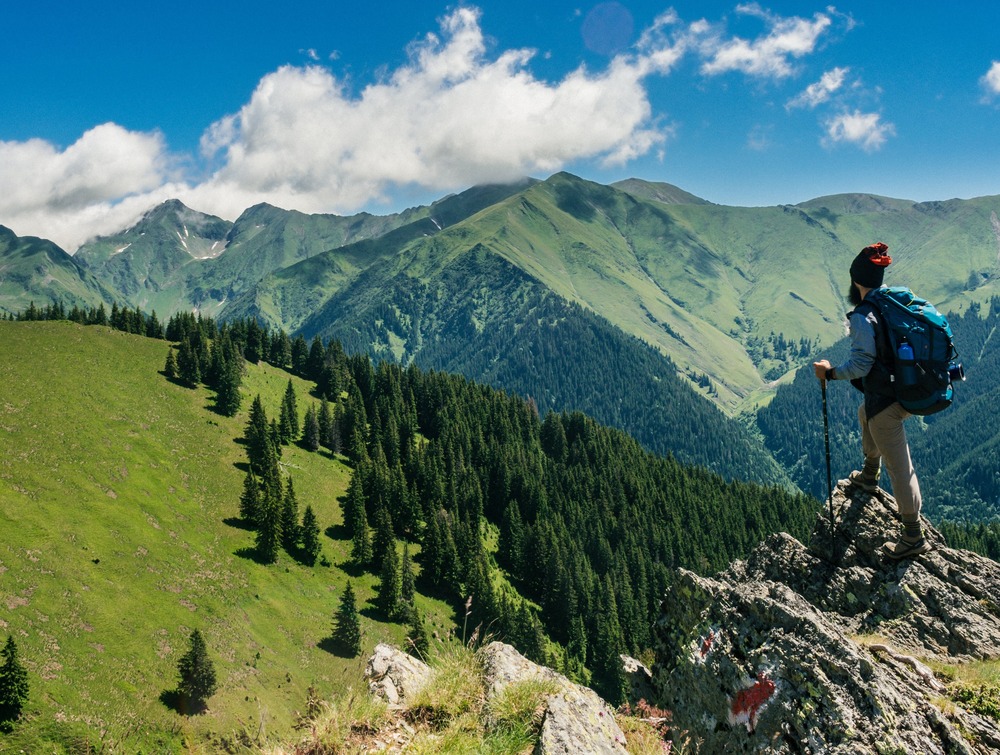Are you planning to go on a camping trip or a weekend getaway? Then you must be looking for a quick and easy way to set up your shelter. Pop-up tents are the perfect solution for those who want to enjoy the great outdoors without the hassle of traditional tent pitching.
In this article, we will take a closer look at pop-up tents, their features, and the factors to consider when choosing the perfect one for your needs. So, sit back and relax as we take a look at Pop-Up Tents, A Comprehensive Guide to Choosing the Perfect One, Let`s get started.
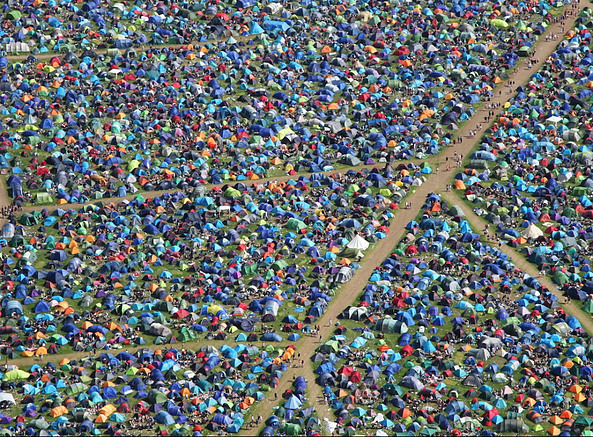
What are Pop-Up Tents?
Pop-up tents are lightweight and easy-to-assemble shelters that can be set up in seconds. They come in various sizes and styles, from small one-person tents to large family tents.
Unlike traditional tents, which require poles and stakes, pop-up tents come with pre-assembled frames that fold down into a compact shape for easy storage and transport.
Advantages of Pop-Up Tents
Pop-up tents offer many advantages over traditional tents, making them an ideal choice for campers, hikers, and outdoor enthusiasts.
Ease of Use
One of the most significant advantages of pop-up tents is their ease of use. With traditional tents, setting up the tent can be a challenging and time-consuming task. Pop-up tents, on the other hand, can be set up in seconds, allowing you to spend more time enjoying the outdoors.
Portability
Pop-up tents are also highly portable. They are lightweight and compact, making them easy to pack and transport. You can easily fit them in your backpack or car trunk, and they won’t take up much space.
Affordability
Pop-up tents are generally more affordable than traditional tents, making them an excellent choice for budget-conscious campers. You can find high-quality pop-up tents at a reasonable price, which means you can enjoy the great outdoors without breaking the bank.
Variety
Pop-up tents come in a variety of sizes, styles, and colours, allowing you to choose the perfect one for your needs. Whether you’re looking for a one-person tent for solo camping or a family-sized tent for weekend getaways, you can find a pop-up tent that meets your requirements.
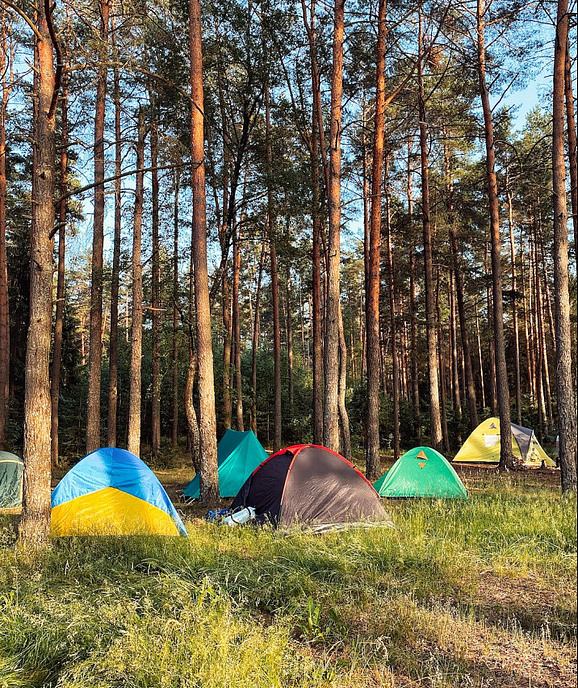
Factors to Consider When Choosing a Pop-Up Tent
When choosing a pop-up tent, there are several factors to consider to ensure you get the perfect one for your needs. Here are some of the essential factors to keep in mind.
Size
The size of the tent is an essential factor to consider. Pop-up tents come in various sizes, from one-person tents to family-sized tents. Consider how many people will be using the tent and how much space you need for your gear.
Durability
Durability is another critical factor to consider. Look for a tent made of high-quality materials that can withstand harsh weather conditions. You want a tent that will last for several years, so make sure to choose a durable one.
Ventilation
Proper ventilation is essential to keep the tent comfortable and prevent condensation from building up inside. Look for a tent with mesh windows and vents to ensure adequate airflow.
Water Resistance
Water resistance is crucial, especially if you plan to camp in rainy or wet conditions. Look for a tent with a waterproof rainfly and floor to keep you and your gear dry.
Ease of Setup
While all pop-up tents are designed for quick and easy setup, some are easier to assemble than others. Look for a tent with clear instructions and a simple setup process.
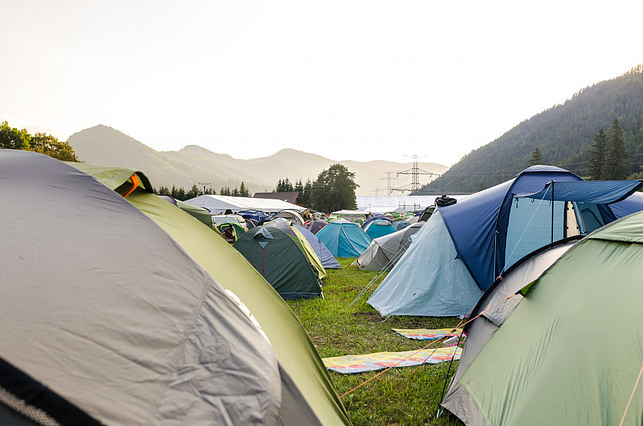
FAQs (Frequently Asked Questions)
What is the difference between a pop-up tent and a traditional tent?
Two popular options for camping shelters are the traditional tent and the pop-up tent. At first glance, these two structures may seem similar, but there are some significant differences to consider before making your choice.
A traditional tent is a more classic option that many of us are familiar with. It typically has poles and stakes that need to be assembled and secured to create the frame of the tent.
This process can be time-consuming and may require some level of experience, but it also allows for greater customization of the tent’s size and shape.
Once set up, traditional tents offer sturdy and reliable protection from the elements, making them a popular choice for longer camping trips or more extreme conditions.
On the other hand, pop-up tents are a newer, more modern option that have gained popularity in recent years. These tents are designed to be quick and easy to set up, often requiring only a few simple steps to pop into shape.
Pop-up tents are ideal for those who want a hassle-free camping experience, as they can be assembled in minutes with little to no prior knowledge or experience. However, the ease of setup comes with a trade-off in terms of durability and stability.
Pop-up tents are typically less sturdy than traditional tents and may not hold up as well in harsh weather conditions.
Another significant difference between these two types of tents is their size and portability. Traditional tents can come in a range of sizes and styles, from compact backpacking tents to large family-sized models.
They can be heavy and bulky, but are often designed with carrying cases or backpacks for ease of transport. In contrast, pop-up tents are typically smaller and lighter, making them ideal for backpacking or other activities that require a more compact shelter.
They can often be compressed into a small carrying case for easy transportation.
Ultimately, the choice between a pop-up tent and a traditional tent depends on your individual needs and preferences.
If you value durability and customization, a traditional tent may be the better option. But if you prioritize ease of setup and portability, a pop-up tent may be the way to go.
How long does it take to set up a pop-up tent?
Setting up a pop-up tent is a task that requires both efficiency and skill. It is a process that can be completed with ease and swiftness, or it can be a struggle that leaves you flustered and frustrated. The time it takes to set up a pop-up tent can vary depending on a few key factors.
Firstly, the type of pop-up tent you are working with can have a significant impact on the setup time. There are many different types of pop-up tents available on the market, ranging from basic models that can be set up in just a few seconds, to more complex designs that require a bit more time and effort.
Some pop-up tents are designed to be used for camping, while others are meant for more temporary uses like outdoor events, beach trips or festivals.
Another factor that can affect setup time is your level of experience with pop-up tents. If you have set up pop-up tents before and are familiar with the process, you may be able to complete the task more quickly than someone who is doing it for the first time.
Familiarity with the tent and its components can make a significant difference in the time it takes to set up.
In general, it can take anywhere from a few seconds to around 20 minutes to set up a pop-up tent. Simple models with fewer components can typically be set up more quickly than more complex designs.
However, regardless of the type of tent you are working with, it is important to take your time and follow the instructions carefully to ensure that the tent is set up correctly and safely.
Are pop-up tents durable?
The answer to this question is not a simple one, as the durability of a pop-up tent can depend on a variety of factors.
For starters, the quality of the materials used in the tent’s construction can have a big impact on its overall durability.
Some pop-up tents are made with lightweight materials that may not hold up as well over time, while others are constructed with heavy-duty fabrics that can withstand the wear and tear of regular use.
Of course, how you use and care for your pop-up tent can also have a big impact on its overall durability.
For example: if you pack your tent away wet and fail to dry it out properly, you may end up with mould or mildew that can weaken the fabric over time. Similarly, if you are rough with your tent and don’t take care when setting it up or taking it down, you may cause unnecessary wear and tear that can shorten its lifespan.
Can pop-up tents withstand harsh weather conditions?
Pop-up tents have become increasingly popular due to their convenience and ease of use. However, one question that frequently arises among outdoor enthusiasts is whether these tents can withstand harsh weather conditions.
Pop-up tents are designed to provide shelter in various weather conditions, but their durability depends on the quality of the materials used in their construction and the specific weather conditions they are exposed to.
Generally speaking, pop-up tents are designed to withstand moderate weather conditions such as light rain, wind, and mild temperatures. They are not typically designed to handle extreme weather conditions such as heavy snow, strong winds, extreme downpours and extreme temperatures.
That being said, it is important to note that some pop-up tents are more durable than others. Some models are made with higher quality materials, such as reinforced poles and thicker tent fabric, which can make them more resistant to harsh weather conditions.
While pop-up tents can provide adequate shelter in moderate weather conditions, they may not be suitable for use in extreme weather conditions. It is important to consider the specific weather conditions you will be exposed to when choosing a pop-up tent, and to take proper precautions to ensure its durability and stability.
Can pop-up tents be used for backpacking?
Certainly! Pop-up tents can be a fantastic option for backpacking, especially for those who prioritize convenience and ease of setup. While they may not be the most lightweight option available, the benefits they offer can make them a great choice for many backpackers.
One of the key advantages of pop-up tents is their simplicity. As the name suggests, these tents can be set up quickly and easily, often in a matter of seconds.
This can be a huge advantage for backpackers who want to minimize the amount of time and effort they spend on setting up camp.
Pop-up tents also tend to be more intuitive to set up than traditional tents, which can be helpful for beginners or anyone who doesn’t want to spend time wrestling with complicated poles and stakes.
Another advantage of pop-up tents is their compact size. When packed up, these tents can often be much smaller than traditional tents, making them easier to fit into a backpack or other gear bag.
This can be especially important for backpackers who are trying to pack light or who have limited space in their gear.
Of course, like any type of gear, pop-up tents do have some drawbacks. One of the biggest is their weight. While they may be smaller and more compact than traditional tents, they can also be heavier due to the mechanisms used to make them pop up quickly.
This means that they may not be the best option for ultralight backpackers or anyone who is trying to minimize the weight of their gear.
Another potential issue with pop-up tents is their durability. Because they are designed to be lightweight and easy to set up, they may not be as rugged as traditional tents.
This can make them more prone to damage or wear and tear, especially if they are used frequently or in rough terrain.
Despite these drawbacks, many backpackers find that pop-up tents are a great choice for their needs. Whether you’re a beginner who wants to get started with camping without investing in a lot of gear, or an experienced backpacker who prioritizes ease of setup and convenience.
A pop-up tent can be a fantastic option. Just be sure to do your research and choose a high-quality tent that will meet your needs and stand up to the rigors of the trail.
What are the disadvantages of a pop-up tent?
One of the main disadvantages of a pop-up tent is its durability. While they are designed to be lightweight and easy to transport, this often means that they are made from thinner and less durable materials but not all.
This can lead to tears, punctures, and other forms of damage that can significantly shorten the lifespan of your tent. Another disadvantage of pop-up tents is their size.
While they may be suitable for short camping trips or weekend getaways, they are often too small for extended camping trips or larger groups. This can be especially frustrating for families or groups of friends who need more space to sleep, store gear, or move around comfortably.
Some pop-up tents are also known to have poor ventilation. Due to their design, these tents often have limited windows or vents, which can lead to stuffiness and condensation inside the tent.
This can make it difficult to sleep comfortably, especially in warmer weather or humid climates. This does not apply to all pop-up tents.
Are pop-up tents expensive?
When it comes to purchasing outdoor gear, cost is always a consideration. Pop-up tents are no exception, and their price can vary greatly depending on the size, brand, materials, and features.
Pop-up tents are a popular choice for outdoor enthusiasts due to their ease of setup and portability. With a simple flick of the wrist, they can be popped open and ready for use in just seconds. However, this convenience often comes at a price.
At the lower end of the spectrum, you can find simple pop-up tents made from basic materials for around $30 to $50. These tents are often designed for occasional use and may not be as durable as more expensive options. They may also lack additional features such as built-in storage or mesh windows for ventilation.
On the other hand, high-end pop-up tents can cost upwards of several hundred dollars. These tents are typically made from higher quality materials such as ripstop nylon or polyester and may include features like built-in LED lights, waterproof coatings, and advanced ventilation systems.
They may also be designed for specific outdoor activities such as backpacking or camping in extreme weather conditions.
Ultimately, the cost of a pop-up tent will depend on your needs and budget. If you’re planning on using your tent frequently or in harsh conditions, it may be worth investing in a more expensive option that will provide better durability and comfort.
However, if you’re just looking for a quick and easy tent for occasional use, a cheaper option may be a more practical choice.
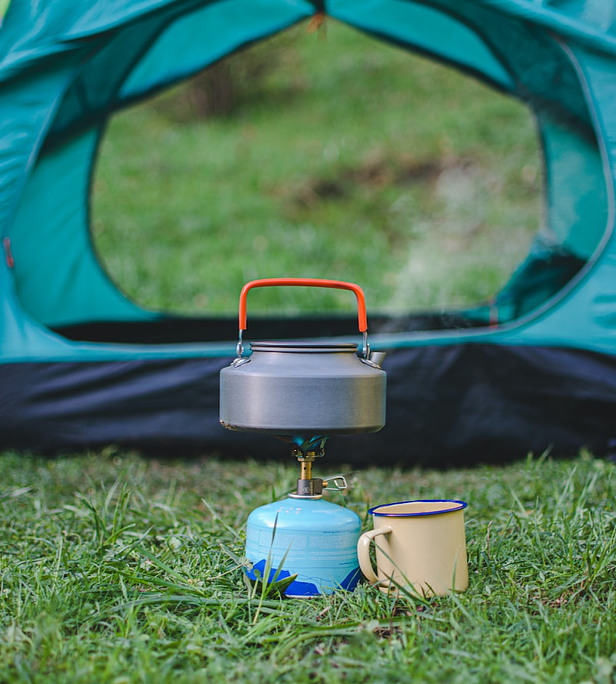
Conclusion
Pop-up tents are an excellent choice for campers and outdoor enthusiasts who want a quick and easy way to set up their shelter. They are portable, affordable, and come in various sizes and styles.
When choosing a pop-up tent, consider the size, durability, ventilation, water resistance, and ease of setup to ensure you get the perfect one for your needs. With so many options available, you can find a pop-up tent that meets your requirements and budget.
In addition to these factors, you may also want to consider the brand and customer reviews before making your purchase.
Some popular brands that offer high-quality pop-up tents include Coleman, Quechua, and Gazelle. Once you’ve chosen your pop-up tent, make sure to practice setting it up at home before your camping trip.
This will help you become familiar with the tent and ensure a smooth setup process when you’re out in the wilderness.
Overall, pop-up tents are a fantastic choice for those who want to enjoy the outdoors without the hassle of traditional tent pitching.
With their ease of use, portability, affordability, and variety, pop-up tents are the perfect solution for any camping or outdoor adventure.



